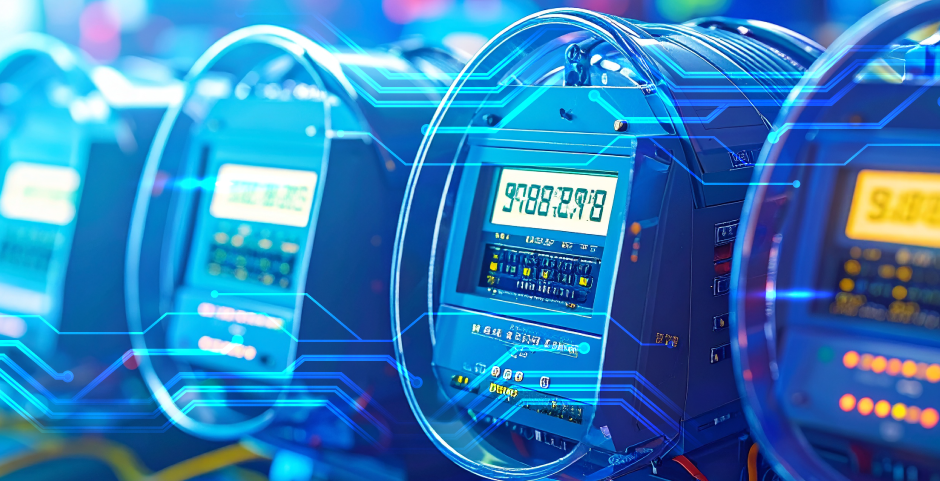Configuration Management & Fault Analysis System for a Large Transmission Company
Kalkitech December 20, 2023

Kalkitech December 20, 2023

Centralized Remote Fault and Event collection and configuring system for IEDs / Relays and Centralized Automatic Fault Analysis system
Scale: More than 200 Substations & More than 5000 IEDs. Largest asset monitoring project in the country’s transmission network
Business Case:
The customer is one of the largest transmission utility companies in the world, with a near 100,000km transmission network and over 200 EHV / HVDC substations. They planned to set up remote access and automatic fault analysis system from each of its substations across an area of 2.5Mn sq. km. The main functionality desired was the automatic remote collection of the Disturbance Recording (DR) files, and Event Logs (EL) from the various devices in the substations, and download to a central National Transmission Management Center, through multiple Regional Asset Management Centers spread across the country. The utility wanted to remotely view, configure devices, collect disturbance, and event data, making it possible for the substations to be unmanned and operated / maintained remotely.
Solution Components:
Key Benefits:
Webinar Video Recording Link:

July 25, 2025
The world energy scene is being revolutionized by the fast-paced increase of decentralized renewable energy sources like rooftop solar, wind microturbines, and energy storage in batteries. batteries. The driving force…
Know More
July 25, 2025
Smart metering has evolved significantly over the last two decades as it became a building block of modern energy management solutions. At the core of the evolution is the DLMS/COSEM…
Know More
July 25, 2025
As the energy sector undergoes rapid digital transformation, smart metering has emerged as a foundational technology in modern utility networks. By enabling real-time monitoring, automated billing, and remote disconnection, smart…
Know More